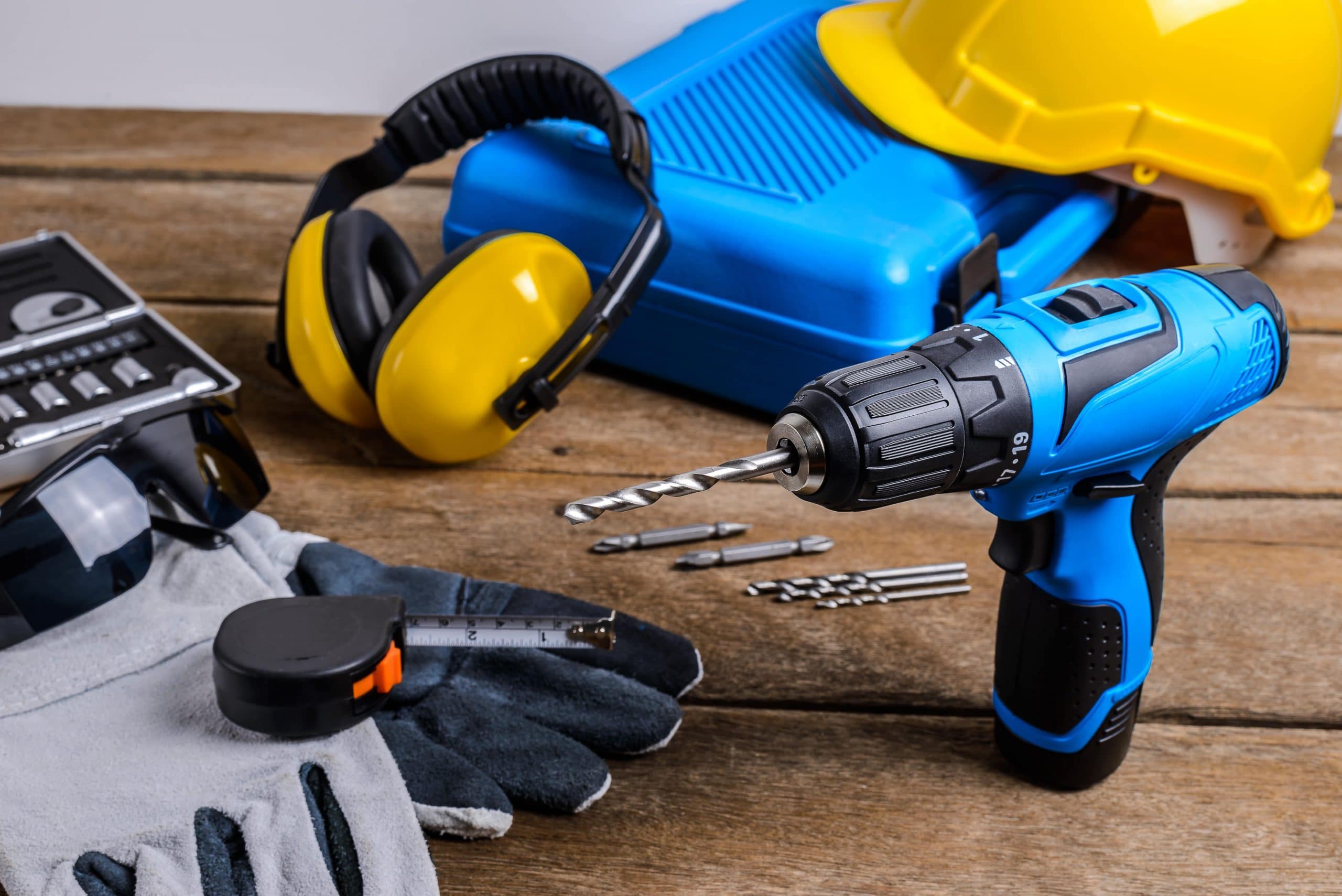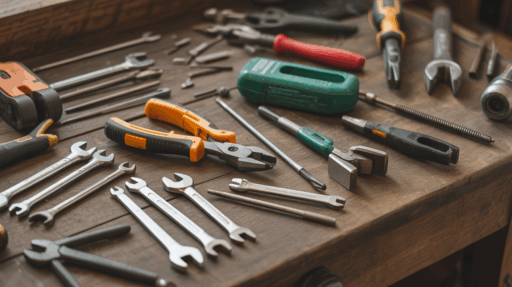For students moving into their first apartment or recent graduates transitioning into independent living, having the right tools on hand can make a major difference. From fixing a leaky faucet to assembling furniture or mounting shelves, basic repairs and home projects often come up without warning. Relying on landlord maintenance or calling in a favor is not always an option, since time, cost, or privacy concerns often limit those choices.
That said, budget constraints are a main obstacle for many students. When you are already deciding whether to pay someone to write my paper or pull an all-nighter, tool shopping may not seem urgent. Still, investing in a few core tools can prevent bigger problems down the line. Instead of collecting every tool available, focus on building a compact, versatile kit that covers the basics.
This guide outlines which tools are worth buying first, how to find them affordably, and what to prioritize for long-term value.
Start With the Foundational Hand Tools
Every student tool kit should begin with hand tools that solve the widest range of everyday problems. These are the items you will reach for most often. Tasks like hanging wall hooks or tightening chair legs depend on them.
At a minimum, include:
- Claw hammer – Ideal for hanging art, removing nails, and light demolition.
- Multi-bit screwdriver – Choose one with interchangeable heads to save space and cost.
- Adjustable wrench – Works on plumbing fixtures, bike parts, and loose bolts.
- Tape measure – Useful for fitting furniture, planning layouts, and marking cuts.
- Utility knife – Opens boxes, trims material, and handles basic precision cuts.
- Pliers – Needle-nose or combination pliers work for gripping, bending, or holding objects in place.
You can often find pre-bundled tool kits with these essentials at hardware stores or online. Look for student discounts or wait for seasonal promotions around back-to-school or holiday sales. Second-hand tools can also be a smart buy, especially from estate sales, auctions, or local buy/sell groups.
Add Power Tools With Caution

Power tools are appealing, but they are not always necessary for small spaces or beginner-level projects. However, having one or two basic electric tools can make a big difference in time and convenience. Students searching for quick fixes, whether for a loose cabinet or a DIY project, may feel the same urgency they do when looking for a write my essay service before a deadline. The key is to stay focused on what truly adds value.
Top picks include:
- Cordless drill/driver – A must-have for building furniture, hanging shelves, and making quick fixes. Choose a set that includes a few bits and a charger.
- Small power sander – Helps with basic woodwork, furniture restoration, or smoothing rough edges.
- Compact vacuum or shop-vac – Useful for cleaning up sawdust, spills, or even car interiors.
Avoid buying large saws, routers, or specialty tools unless you have a long-term project and storage space. Many campuses or communities offer tool libraries or maker spaces where you can rent these when needed.
Build Gradually and Based on Use
Many students overspend on tools they rarely use. Instead of trying to build a full collection all at once, let your tool kit grow with your needs. If a project calls for a socket wrench or stud finder, add it when the time comes. This strategy avoids clutter and helps you learn which tools match your skills and living situation.
To stay organized, invest in a compact toolbox or a sturdy tote with compartments. Keeping everything in one place saves time and reduces frustration when something breaks and you need to act fast.
Consider teaming up with roommates or neighbors on shared purchases. If three people live together and split the cost of a $90 drill, each pays far less than buying separately. This works well for infrequently used items like ladders, levels, or heavy-duty extension cords.
Make Smart Buying Decisions
Tool quality varies widely. Top-tier brands offer durability, but students can often rely on mid-range options for most tasks. Mid-range tools from trusted retailers are often reliable for student-level projects. Read reviews, compare warranties, and avoid the cheapest plastic kits. They rarely hold up.
Where to look:
- Local hardware stores often offer knowledgeable staff and student promotions.
- Online retailers provide package deals and user reviews.
- Thrift stores, auctions, and tool libraries are ideal for finding used items.
- Campus classifieds or student forums sometimes list tools left behind by graduates.
Buy only what you can store safely and keep dry. Rust, mold, and clutter ruin even the best tools if they are not cared for properly.
Final Thoughts
Building a student tool kit means choosing the most useful tools, not collecting everything. A few versatile tools can save you time, money, and frustration, especially when small problems pop up at inconvenient times.
Start with the essentials, add based on your real needs, and watch for budget-friendly buying opportunities. With a little strategy and smart shopping, you can handle home fixes and small builds with confidence, even when working within a student budget.








